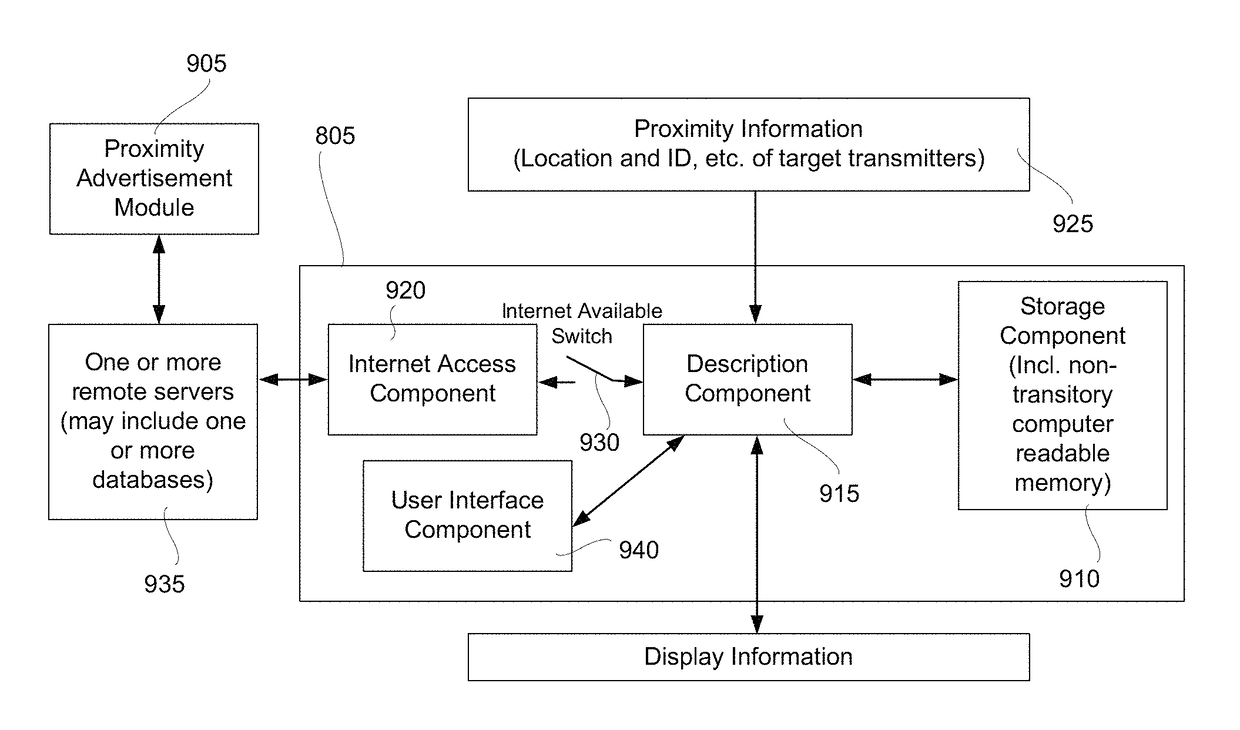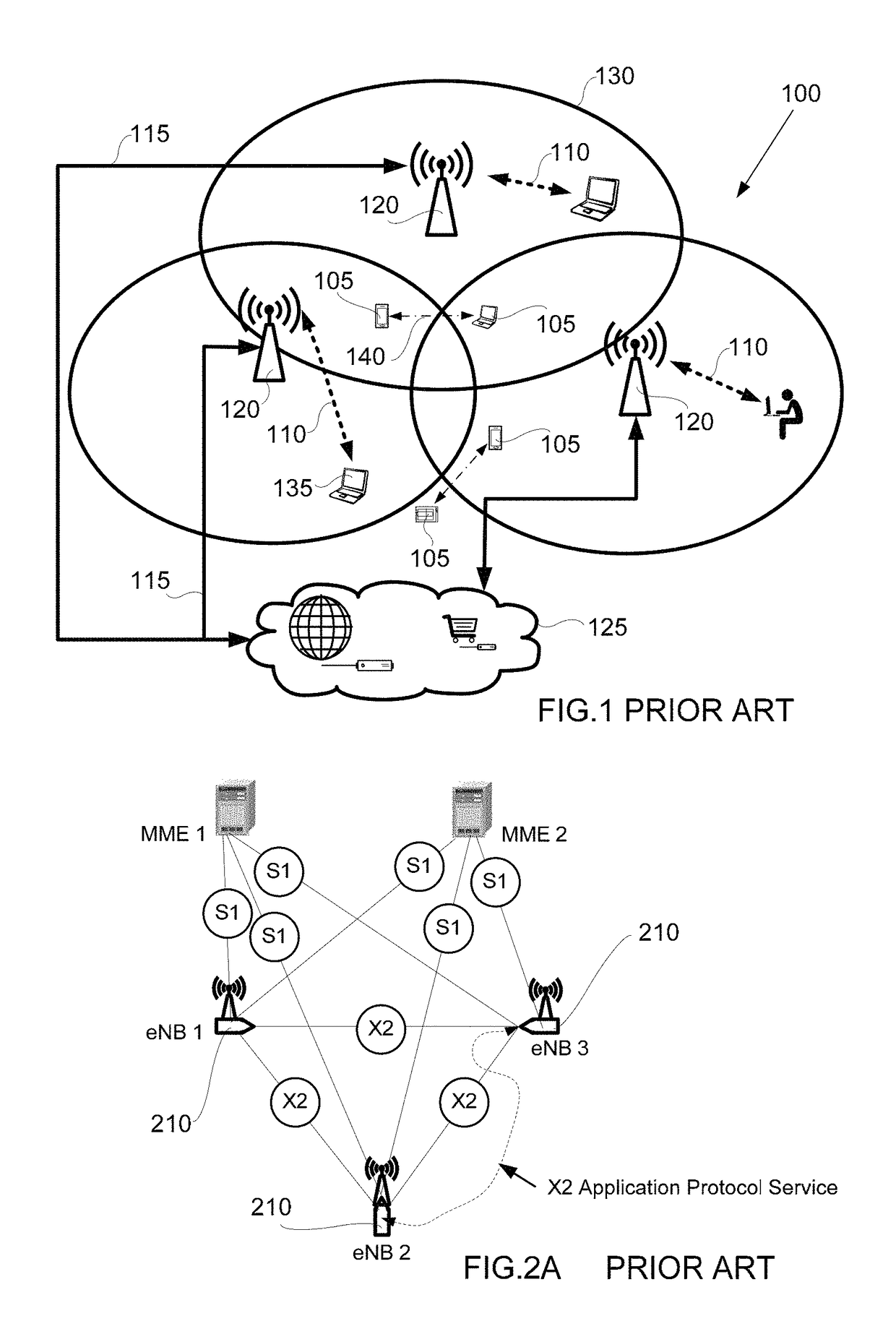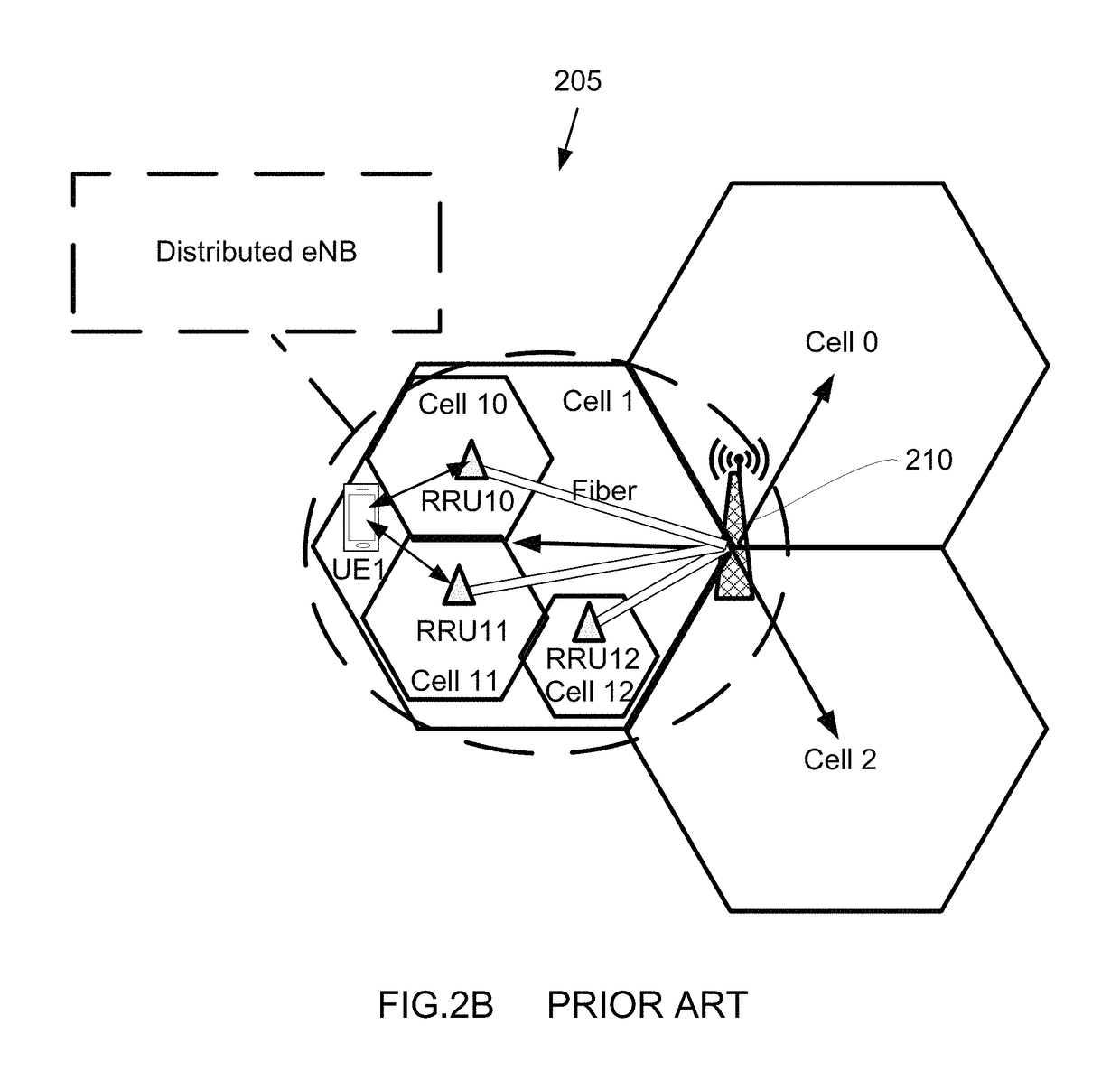Methods and apparatus for enabling proximity services in mobile networks
a technology of mobile networks and proximity services, applied in the field of wireless communication systems, can solve the problems of weak interference towards, serious degradation of the performance of both cellular and device to device networks, and increase the level of interference, so as to effectively reduce the second level interference to the network, the effect of enhancing the efficiency of proximity services
- Summary
- Abstract
- Description
- Claims
- Application Information
AI Technical Summary
Benefits of technology
Problems solved by technology
Method used
Image
Examples
an implementation example
[0288]A detailed implementation example of the invented interference coordination technollogies.
[0289]Define φxk ∈{0, 1}, ∀x ∈{1, . . . , N}∀k ∈{1, . . . , N^x}, as a binary random variable that indicates the state of a Device to Device link. For φxk=1 the Device to Device link k in cell x is active, i.e. in the device to device mode, otherwise φxk=0. The parameter N corresponds to the number of cells in the system and N^x is the number of available device to device links in cell x.
[0290]The maximum level of interference that can be tolerated in the system is given by the Signal-to-Interference-plus-Noise Ratio requirements for the Cellular User Equipment and device to device links, depicted in (2.1a) and (2.1b), respectively. An upper bound for the transmission power of device to device links shown in (2.1c).
[0291]Γx0=Px0Gx0x0Ix0D2D+Ix0CUE+𝒩BS≥γx0th,(2.1a)Γxk=ϕxkPxkGxkxkIxkD2D+IxkCUE+𝒩D≥γxkth,(2.1b)ϕxkPxk≤PDmax,∀x∈{1,…,N}∀k∈{1,...
PUM
 Login to View More
Login to View More Abstract
Description
Claims
Application Information
 Login to View More
Login to View More - R&D
- Intellectual Property
- Life Sciences
- Materials
- Tech Scout
- Unparalleled Data Quality
- Higher Quality Content
- 60% Fewer Hallucinations
Browse by: Latest US Patents, China's latest patents, Technical Efficacy Thesaurus, Application Domain, Technology Topic, Popular Technical Reports.
© 2025 PatSnap. All rights reserved.Legal|Privacy policy|Modern Slavery Act Transparency Statement|Sitemap|About US| Contact US: help@patsnap.com



